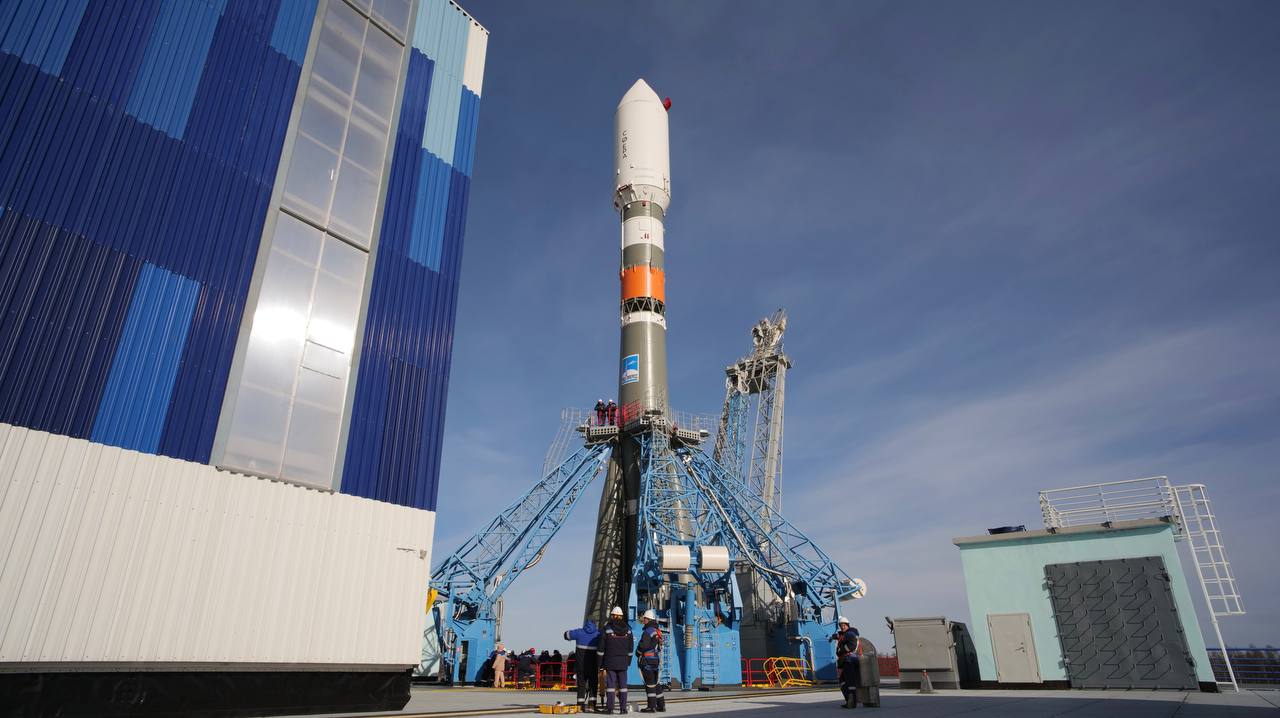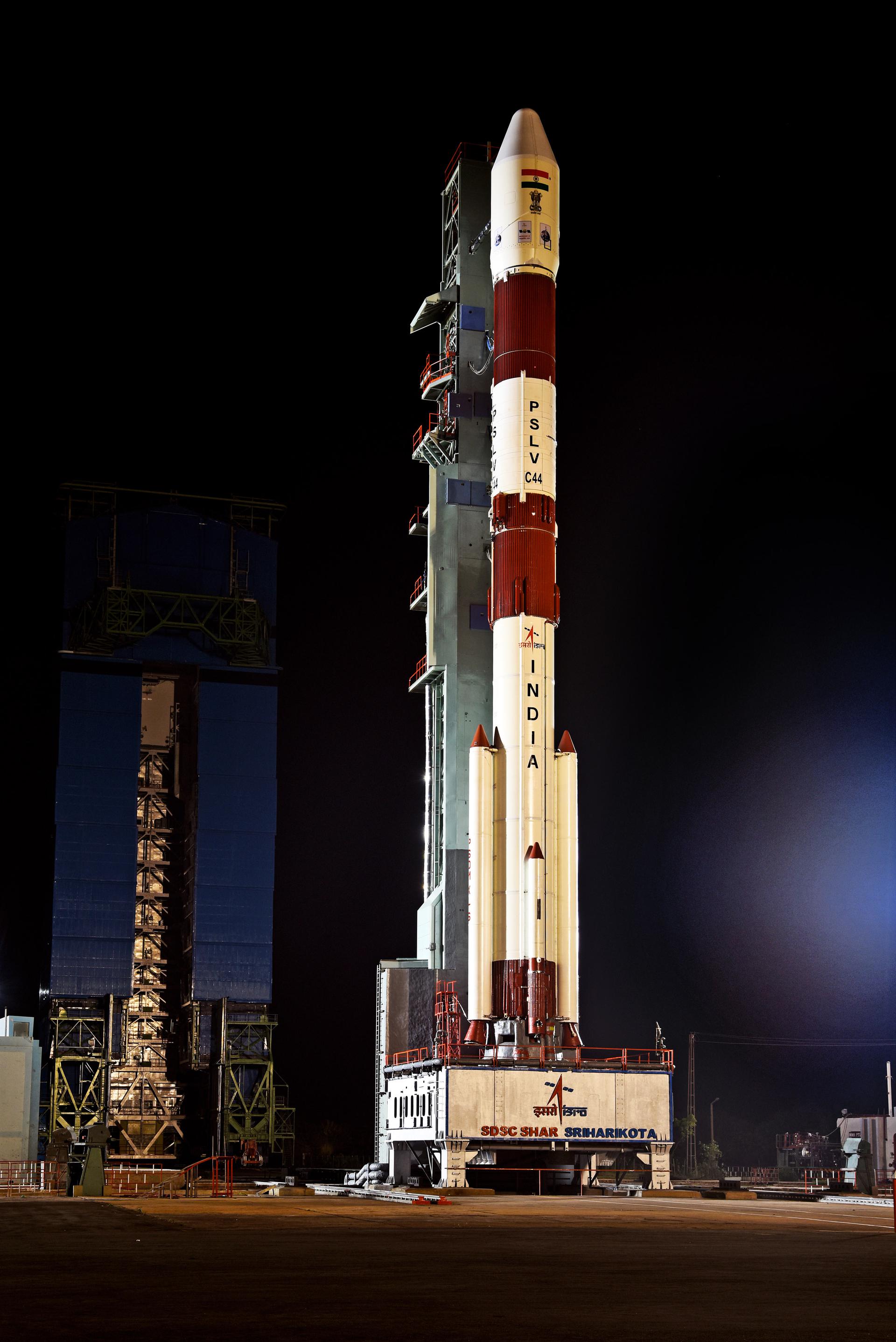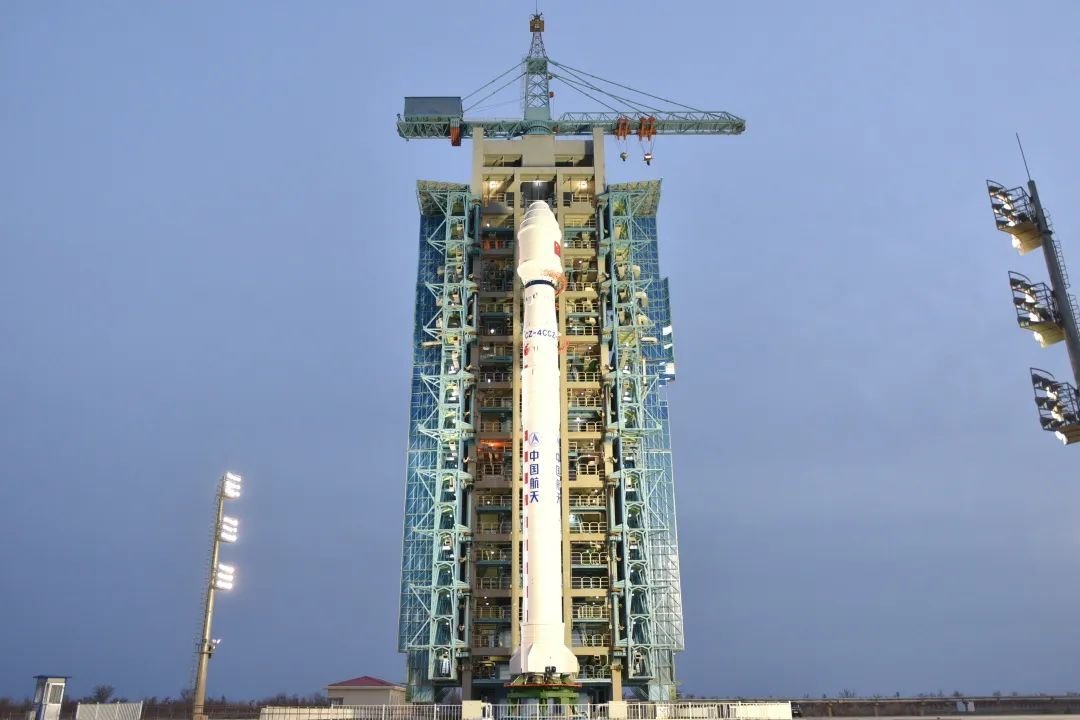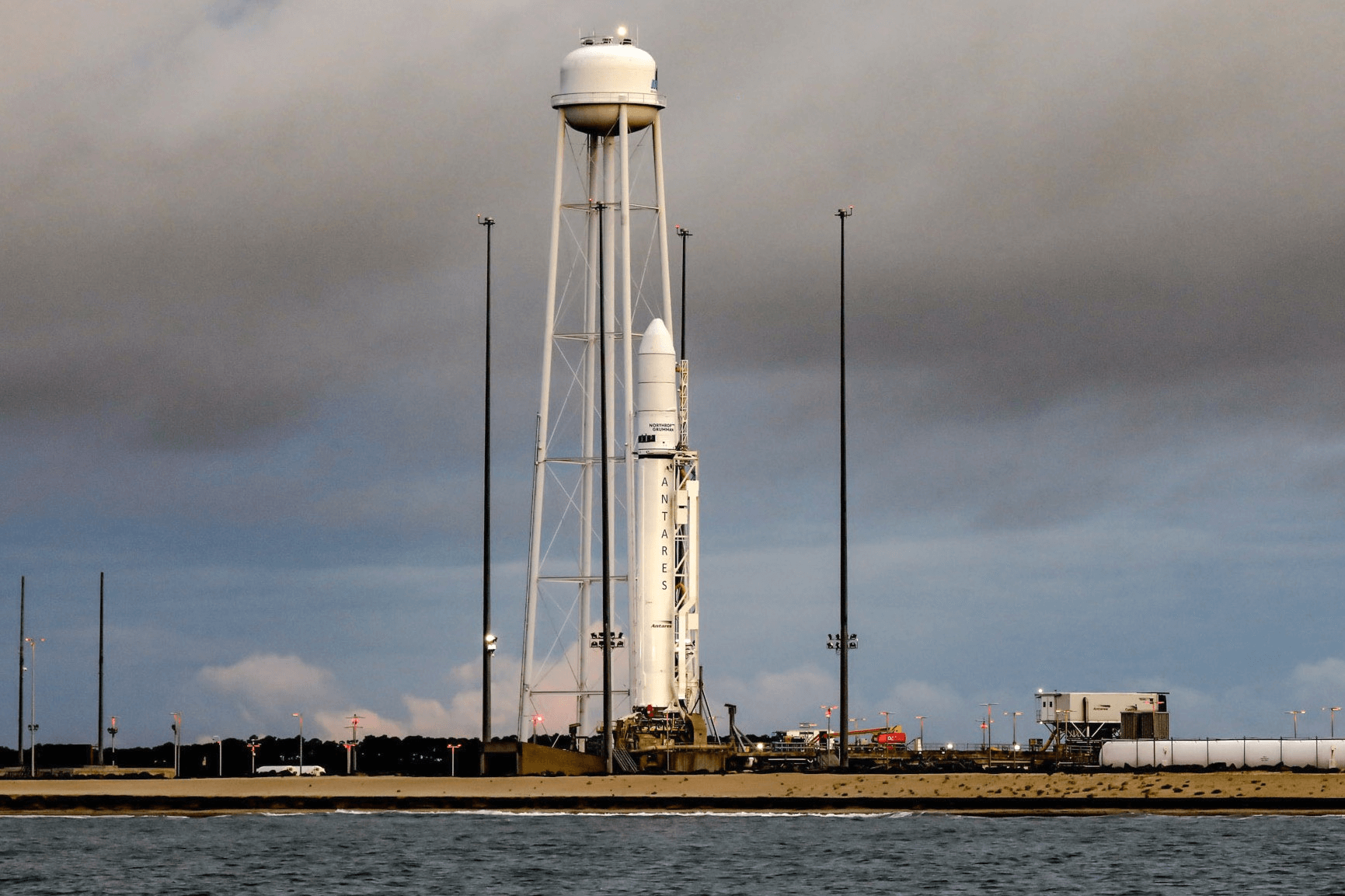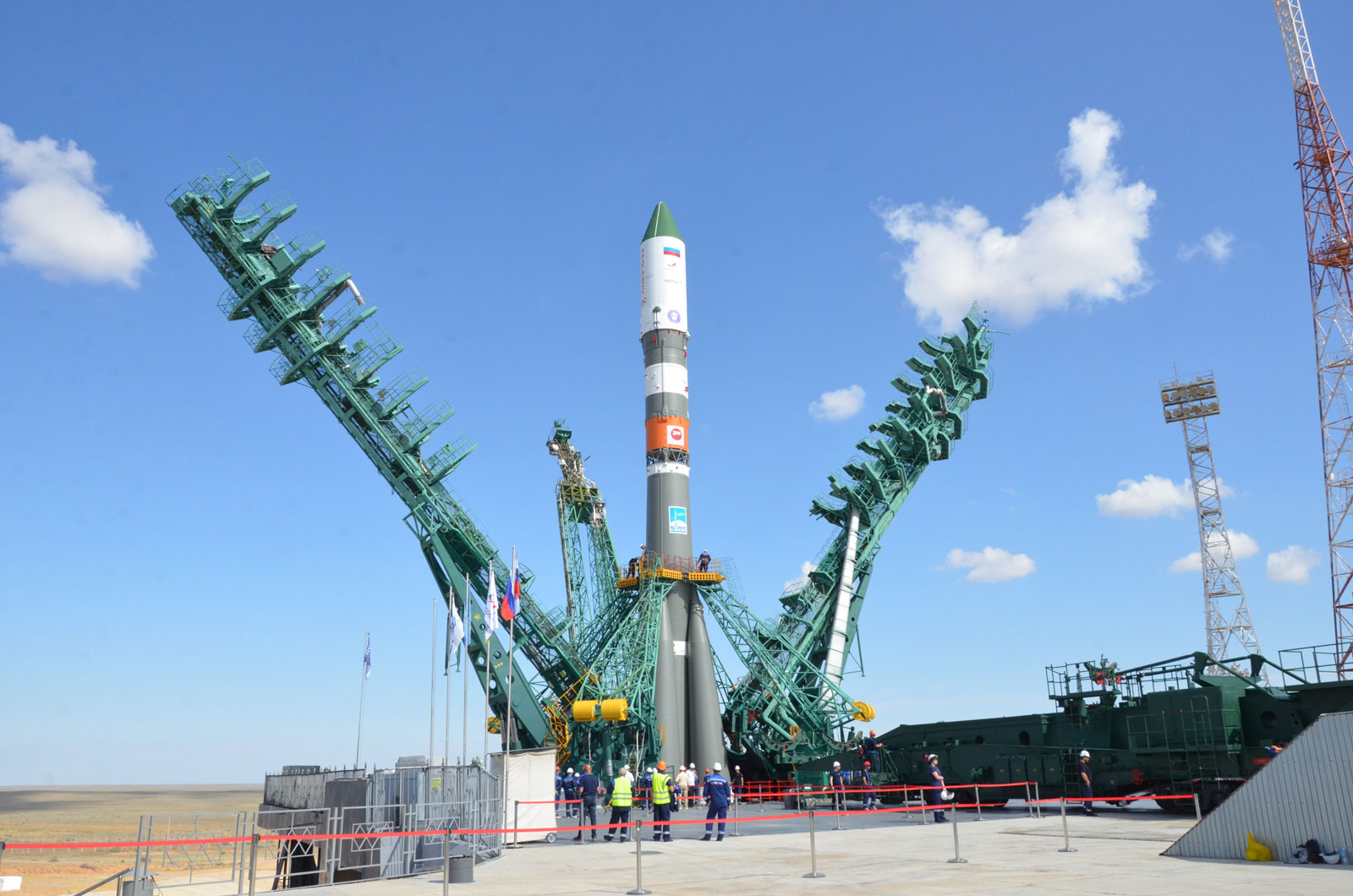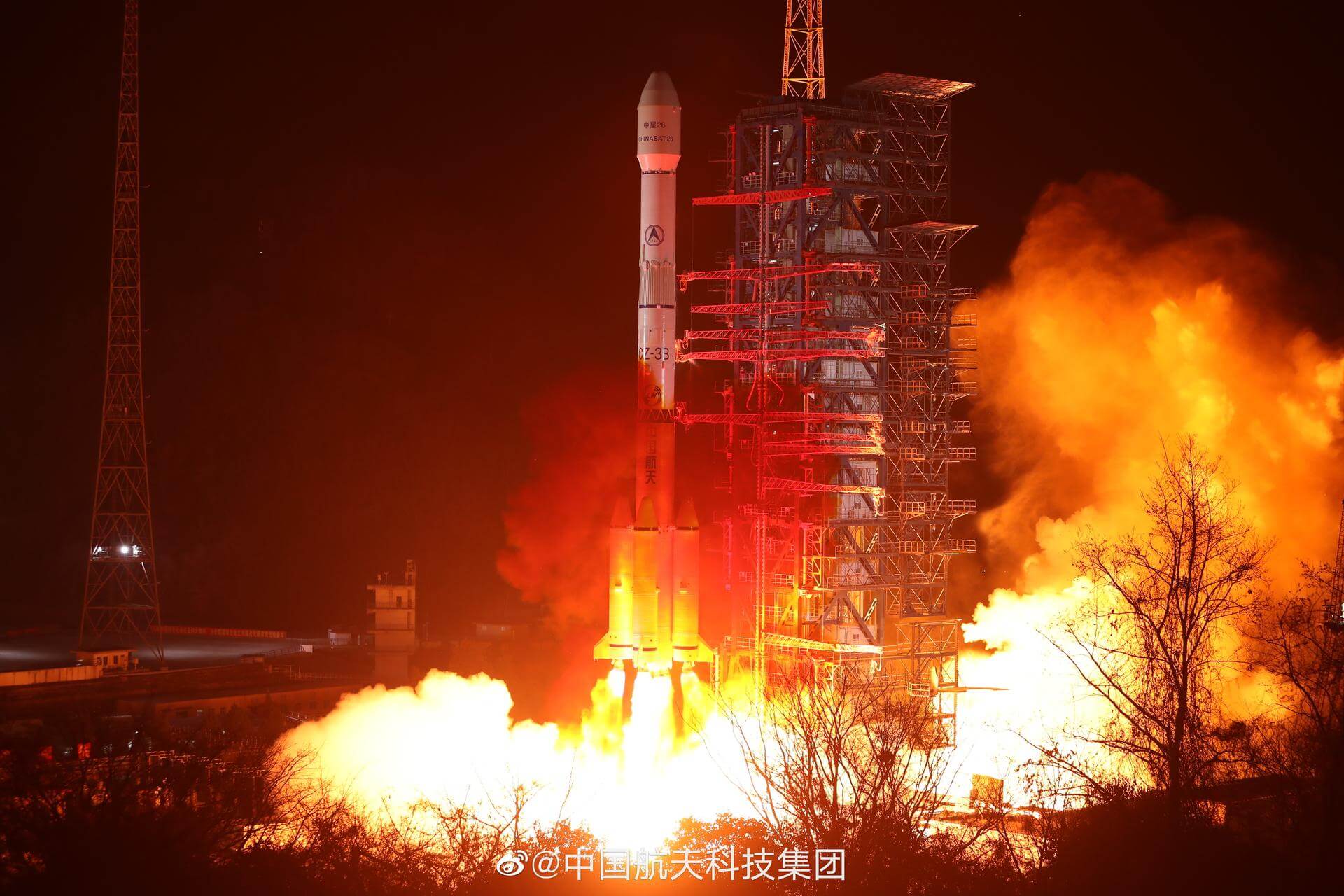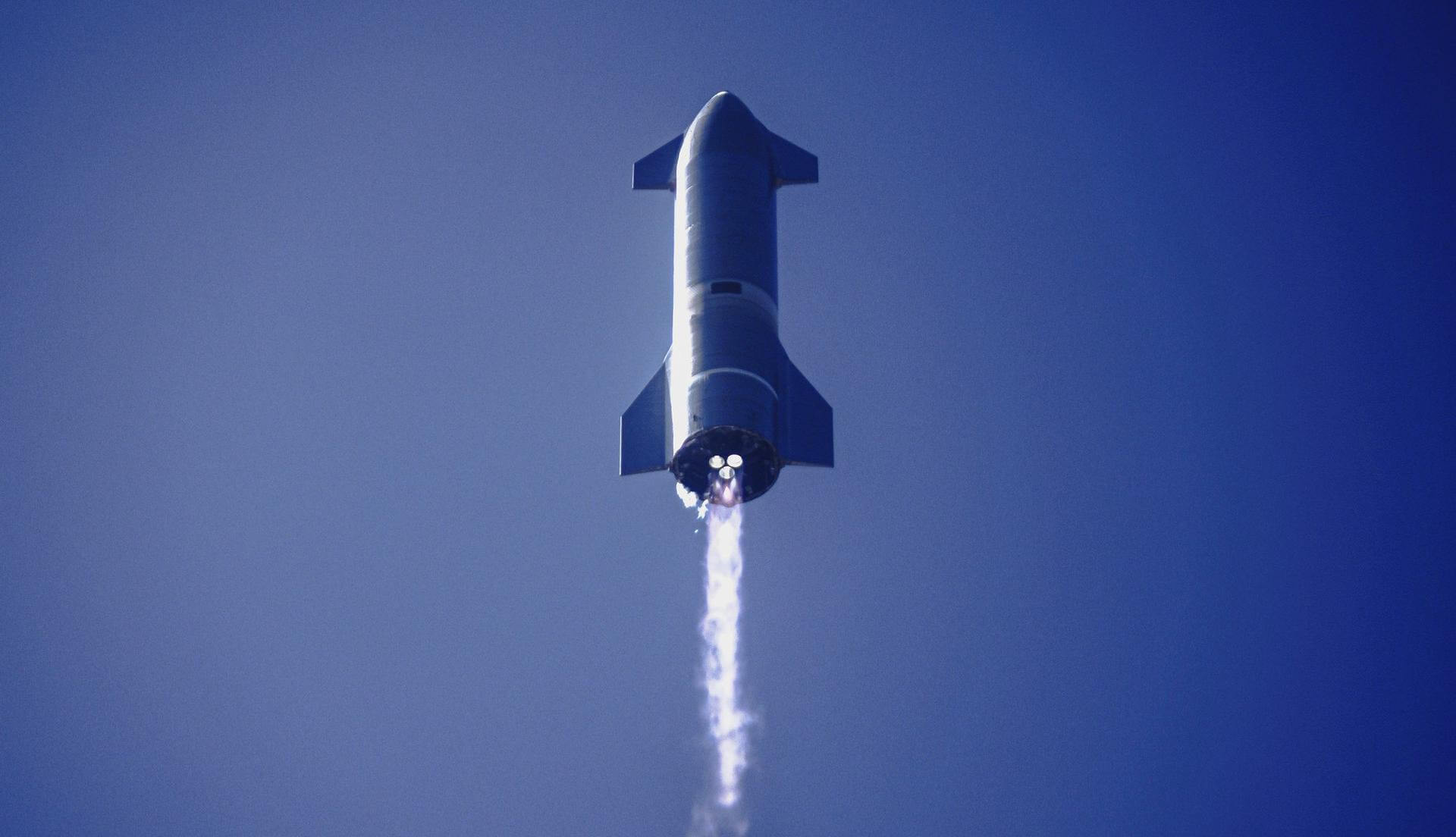Previous Spaceflight Launches
Filter by Agency, Locations or Vehicles
Show All LaunchesSoyuz 2.1b/Fregat-M | Arktika-M No.1
Progress Rocket Space Center | RussiaBaikonur Cosmodrome, Republic of Kazakhstan
Feb. 28, 2021, 6:55 a.m.
PSLV-DL | Amazonia 1 & 18 others
Indian Space Research Organization | IndiaSatish Dhawan Space Centre, India
Feb. 28, 2021, 4:54 a.m.
Status: Launch Successful
Mission:
Amazonia 1 is a Brazilian optical Earth observation satellite of the National Institute for Space Research (INPE). This satellite will further strengthen the existing structure by providing remote sensing data to users for monitoring deforestation in the Amazon region and analysis of diversified agriculture across the Brazilian territory. The 18 co-passenger satellites include four from IN-SPACe (three UNITYsats from consortium of three Indian academic institutes and One Satish Dhawan Sat from Space Kidz India) and 14 from NSIL.
Sun-Synchronous OrbitLong March 4C | Yaogan-31-03
China Aerospace Science and Technology Corporation | ChinaJiuquan Satellite Launch Center, People's Republic of China
Feb. 24, 2021, 2:22 a.m.
Antares 230+ | Cygnus CRS-2 NG-15 (S.S. Katherine Johnson)
Northrop Grumman Space Systems | United States of AmericaWallops Flight Facility, Virginia, USA
Feb. 20, 2021, 5:36 p.m.
Status: Launch Successful
Mission:
This is the 15th planned flight of the Orbital ATK's uncrewed resupply spacecraft Cygnus and its 14th flight to the International Space Station under the Commercial Resupply Services contract with NASA. This Cygnus spacecraft carries the name of American mathematician Katherine Johnson, whose calculations of orbital mechanics as a NASA employee were critical to the success of the first and subsequent U.S. crewed spaceflights.
Low Earth OrbitFalcon 9 Block 5 | Starlink 19
SpaceX | United States of AmericaCape Canaveral SFS, FL, USA
Feb. 16, 2021, 3:59 a.m.
Soyuz 2.1a | Progress MS-16 (77P)
Progress Rocket Space Center | RussiaBaikonur Cosmodrome, Republic of Kazakhstan
Feb. 15, 2021, 4:45 a.m.
Long March 3B | TJSW-6
China Aerospace Science and Technology Corporation | ChinaXichang Satellite Launch Center, People's Republic of China
Feb. 4, 2021, 3:36 p.m.
Falcon 9 Block 5 | Starlink 18
SpaceX | United States of AmericaCape Canaveral SFS, FL, USA
Feb. 4, 2021, 6:19 a.m.
Soyuz 2.1b | Lotos-S1
Progress Rocket Space Center | RussiaPlesetsk Cosmodrome, Russian Federation
Feb. 2, 2021, 8:45 p.m.
Starship SN9 | 10 km Flight
SpaceX | United States of AmericaSpaceX Starbase, TX, USA
Feb. 2, 2021, 8:25 p.m.
Status: Launch was a Partial Failure
Mission:
The SN9 Starship performed a first flight similar to the one of SN8. It launched up to an altitude of 10 km or 33,000 ft, did a belly flop maneuver and a controlled descent to the landing pad where the landing flip maneuver was unsuccessful and resulted in the destruction of the prototype on impact.
Suborbital SN9 - Maiden Flight SpaceX Starship Landing Pad